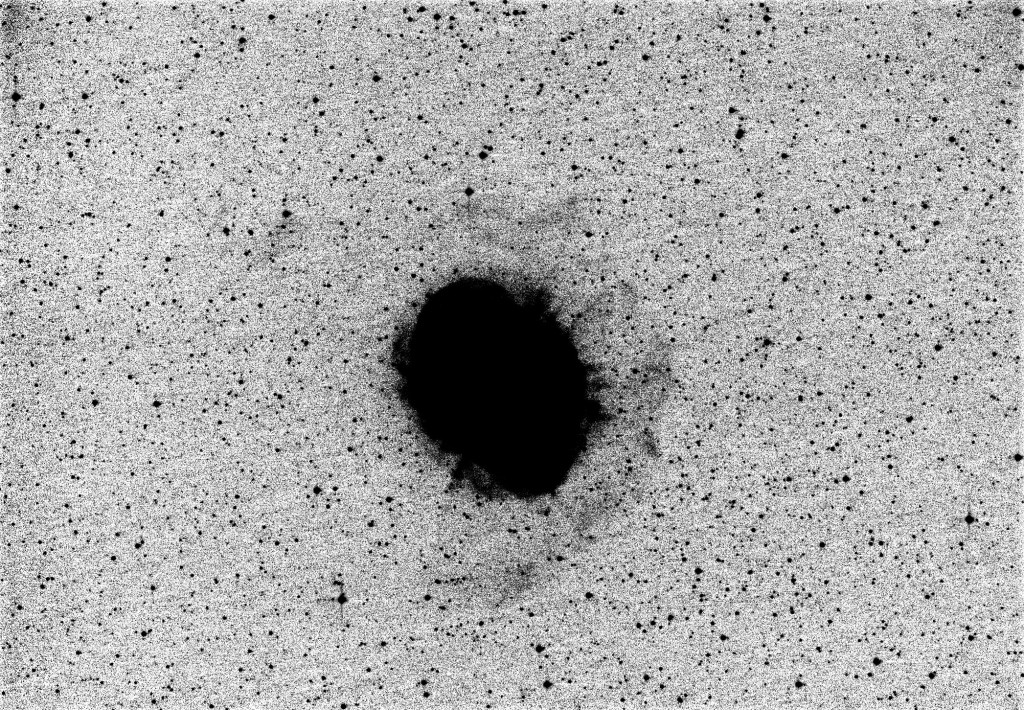|
The constellation Cygnus (the Swan) has 5 bright stars that forms the shape of the bird in flight. The star at the intersection of the swan’s wings and body is named Sadr; the Arabic word for chest. The Bayer designation is Gamma Cygni (γ Cyg, γ Cygni).
The constellation is bright and easy to identify in the Northern sky. What is not so easy to see is the very large emission nebula located near γ Cyg. Although γ Cyg lies near the center of the nebula, it is only a chance alignment. The star lies about 1,500 ly’s from Earth but the estimated distances to the nebula average about 3,000 ly’s. |
Since γ Cyg is so bright, I positioned it out of the FOV to prevent it overwhelming the image. Also, this image is only a small part of the nebula since my telescopic field of view is much too small to view the entire object. The dark area that crosses the image is not a lack of stars but is instead a very dense part of the nebula which blocks the background light from reaching us.
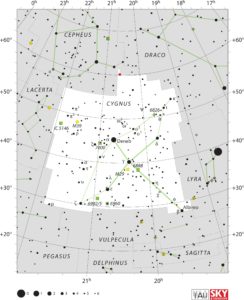
![(IC 1318)[C:60x60s]](https://ptobservatory.com/wp-content/uploads/2016/09/lvl_crv_ddp_IC-1318-1024x690.jpg)
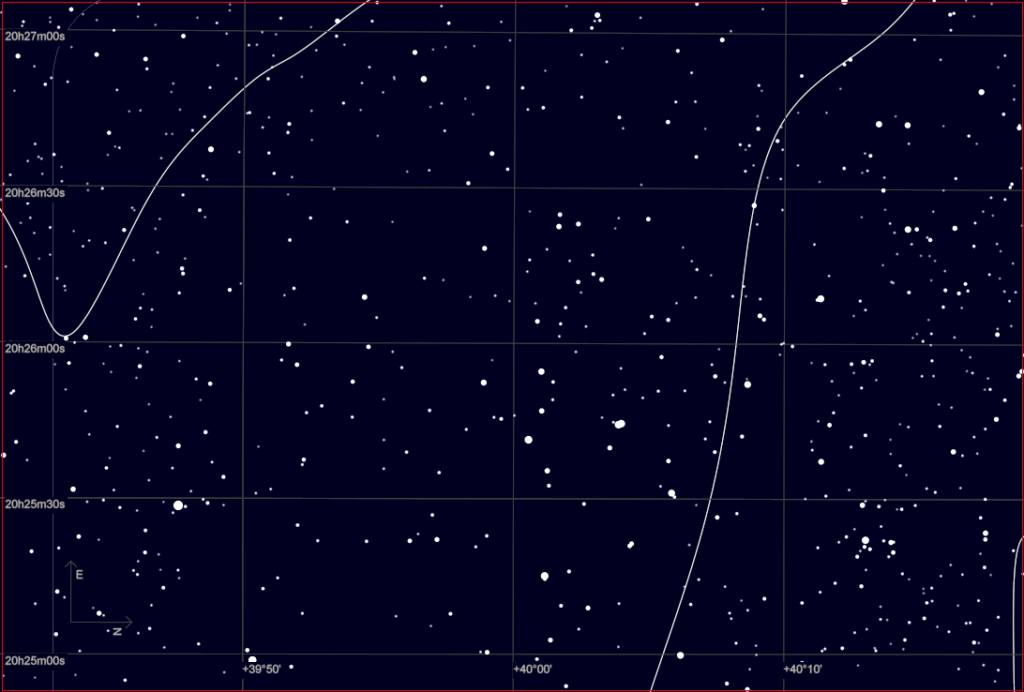
![Pacman Nebula (NGC 281) [Ha:60x120s]](https://ptobservatory.com/wp-content/uploads/2016/09/d_str_NGC-281_3-1024x690.png)
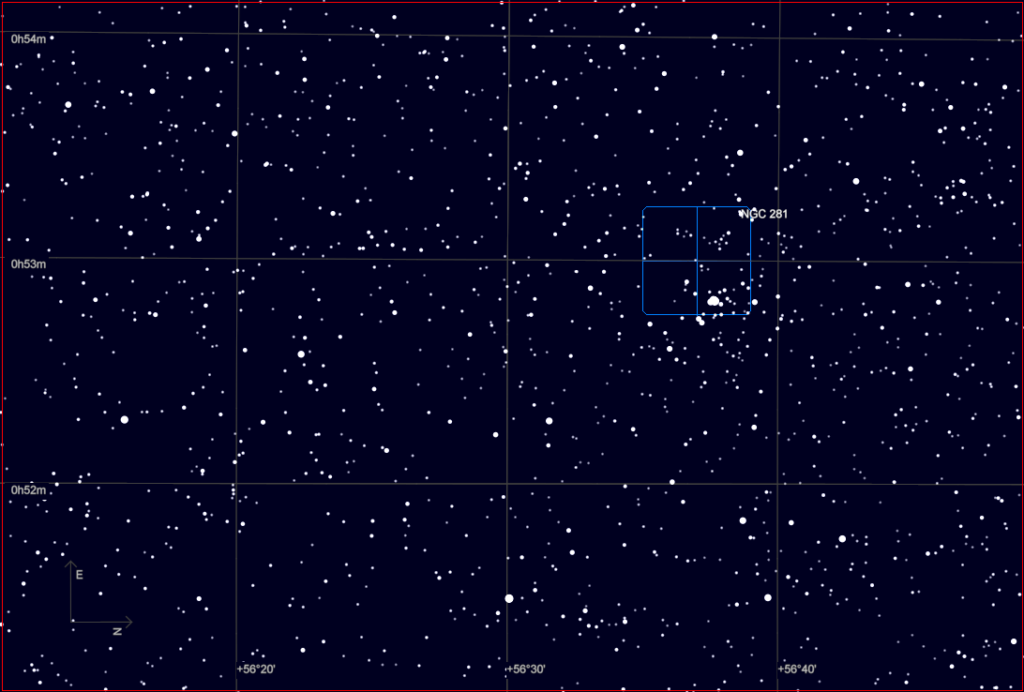
![Bubble Nebula (NGC 7635)[Ha:76x35s]](https://ptobservatory.com/wp-content/uploads/2016/09/g_lvl_crv_dcv_ddp_NGC-7635-1024x690.png)
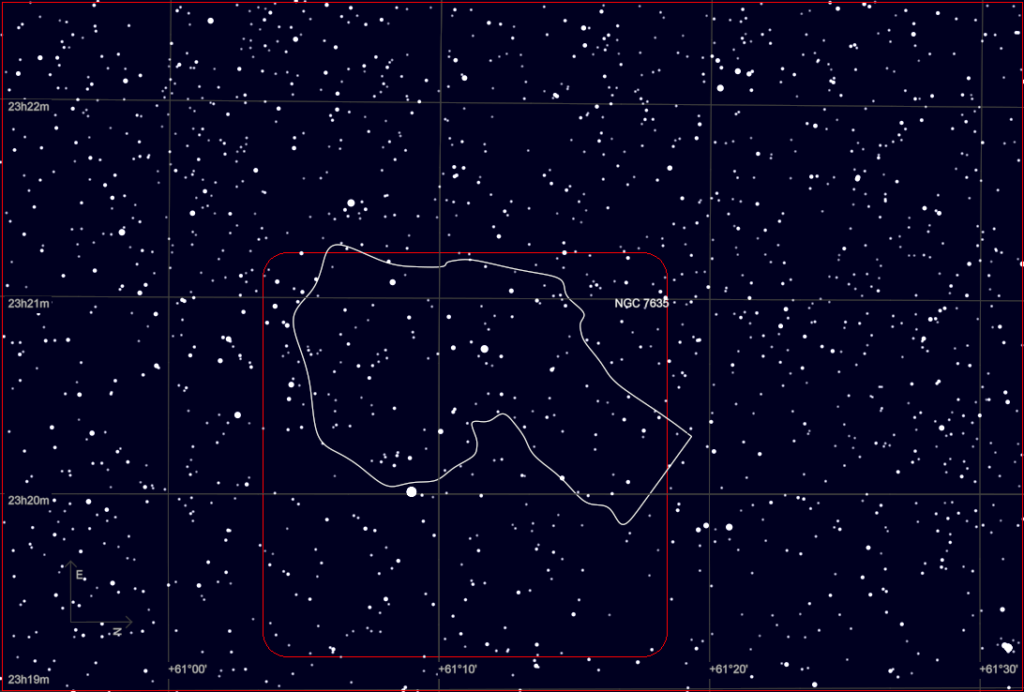
![Medusa Nebula (SH 2-274) [C:60x30s]](https://ptobservatory.com/wp-content/uploads/2016/01/crv_lvl_crp_SH-2-274.jpg)
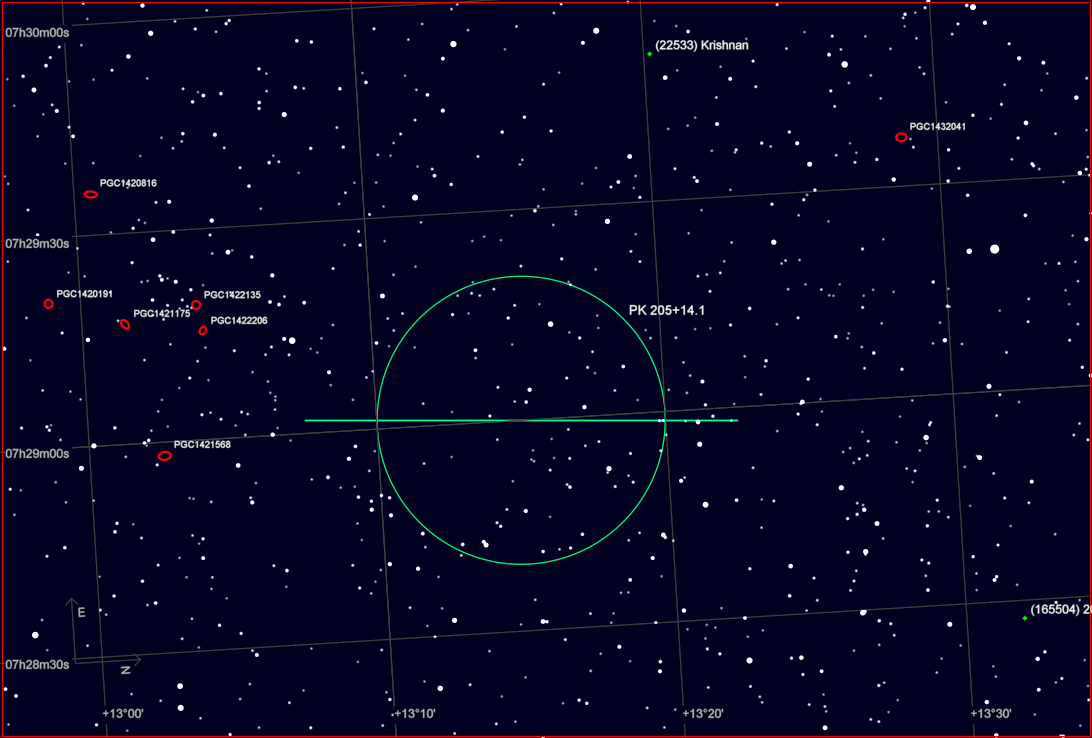
![M 27 (Dumbbell Nebula) [Ha:60x60s]](https://ptobservatory.com/wp-content/uploads/2011/01/lvl_crv_dcv_ddp_crp_M-27-1024x710.jpg)
